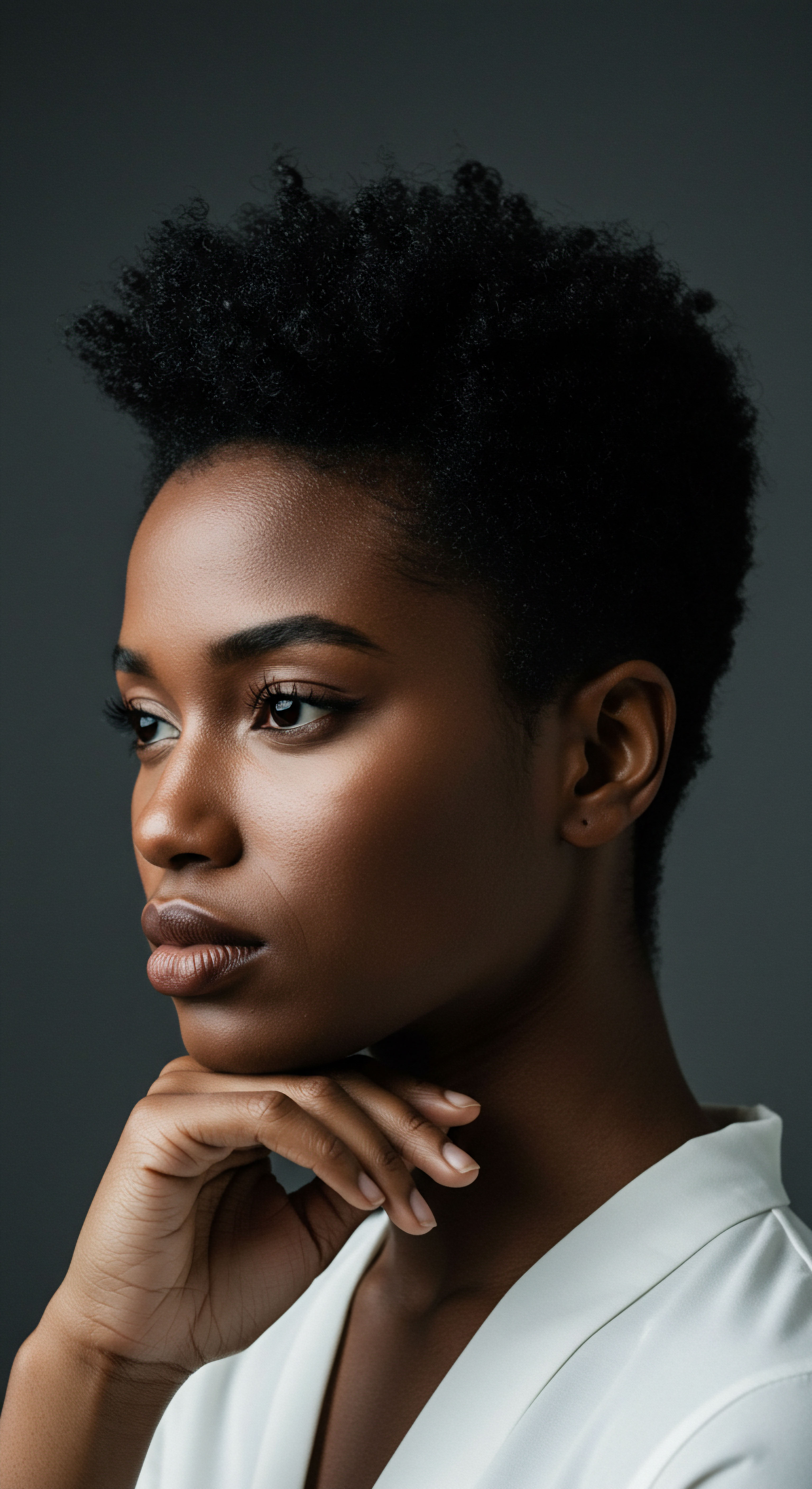
Fundamentals
Educational fairness, at its heart, is a compassionate commitment to ensuring every individual, regardless of their background or inherent characteristics, possesses an equitable opportunity to flourish within learning environments. It reaches beyond mere equality, which might suggest treating everyone identically, to a deeper recognition of diverse starting points and unique needs. This recognition requires thoughtful adjustments and tailored support, allowing each student to reach their full potential. For Roothea, this concept extends its gentle hand particularly to the vibrant world of textured hair, acknowledging that the strands crowning our heads carry stories, heritage, and sometimes, the quiet weight of societal misunderstanding.
The meaning of educational fairness, especially for those with Black or mixed-race hair, means dismantling barriers that might be invisible to some yet profoundly impactful for others. It is about creating spaces where the rich diversity of hair textures—from the tightest coils to the most expansive curls—is not just tolerated, but celebrated as a natural expression of identity. A true definition of fairness in this context involves understanding how historical biases and prevailing beauty standards have, at times, cast shadows upon the educational journeys of students with textured hair.
Educational fairness moves beyond identical treatment, embracing tailored support to allow every student, particularly those with textured hair, to truly thrive.
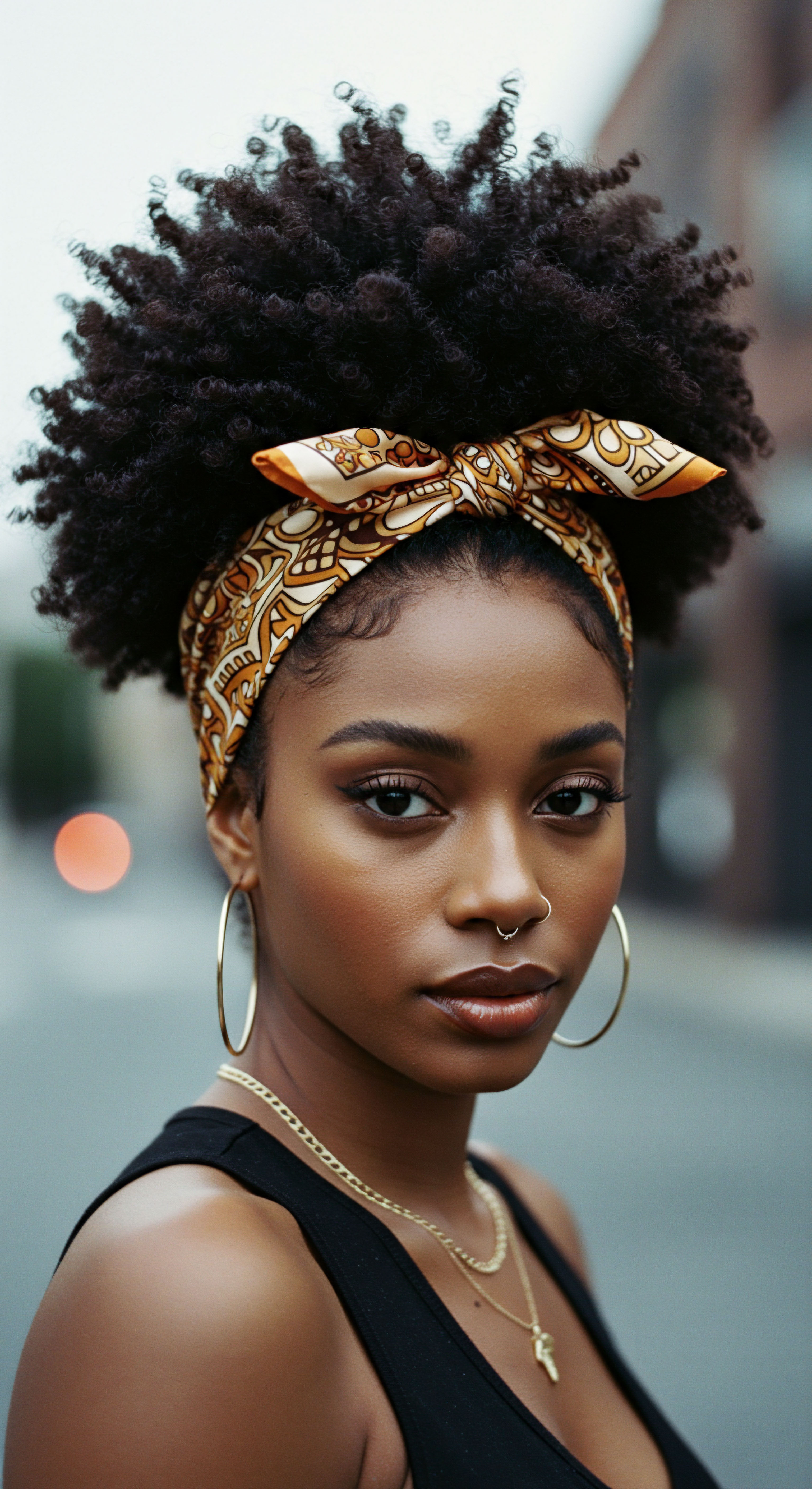
Unveiling the Layers of Understanding
When we speak of educational fairness, we are exploring a principle that seeks to level the playing field, ensuring that systemic structures do not inadvertently disadvantage certain groups. For the Roothea community, this means acknowledging the lived experiences of individuals whose hair, a visible marker of their heritage, has historically been subject to scrutiny or unfair policies within educational settings. This deeper interpretation helps us grasp the full scope of the challenge.
- Inclusivity ❉ This element speaks to welcoming all hair types without judgment, fostering an environment where students feel safe and seen. It means policies should never inadvertently or directly penalize natural hairstyles.
- Access to Resources ❉ This implies ensuring that all students, regardless of hair texture, have access to the same quality of instruction, materials, and opportunities, free from distractions or biases related to their appearance.
- Cultural Affirmation ❉ This aspect emphasizes validating and respecting diverse cultural expressions, including hairstyles, as integral to a student’s identity and well-being within the educational sphere.
Consider a young person entering a classroom, their beautiful braids or locs a testament to their family’s traditions and their personal style. Educational fairness dictates that this student should feel no less valued, no less capable, and no less a part of the learning community than any other student. The very essence of this fairness lies in its proactive nature, actively working to remove obstacles rather than simply reacting to disparities.
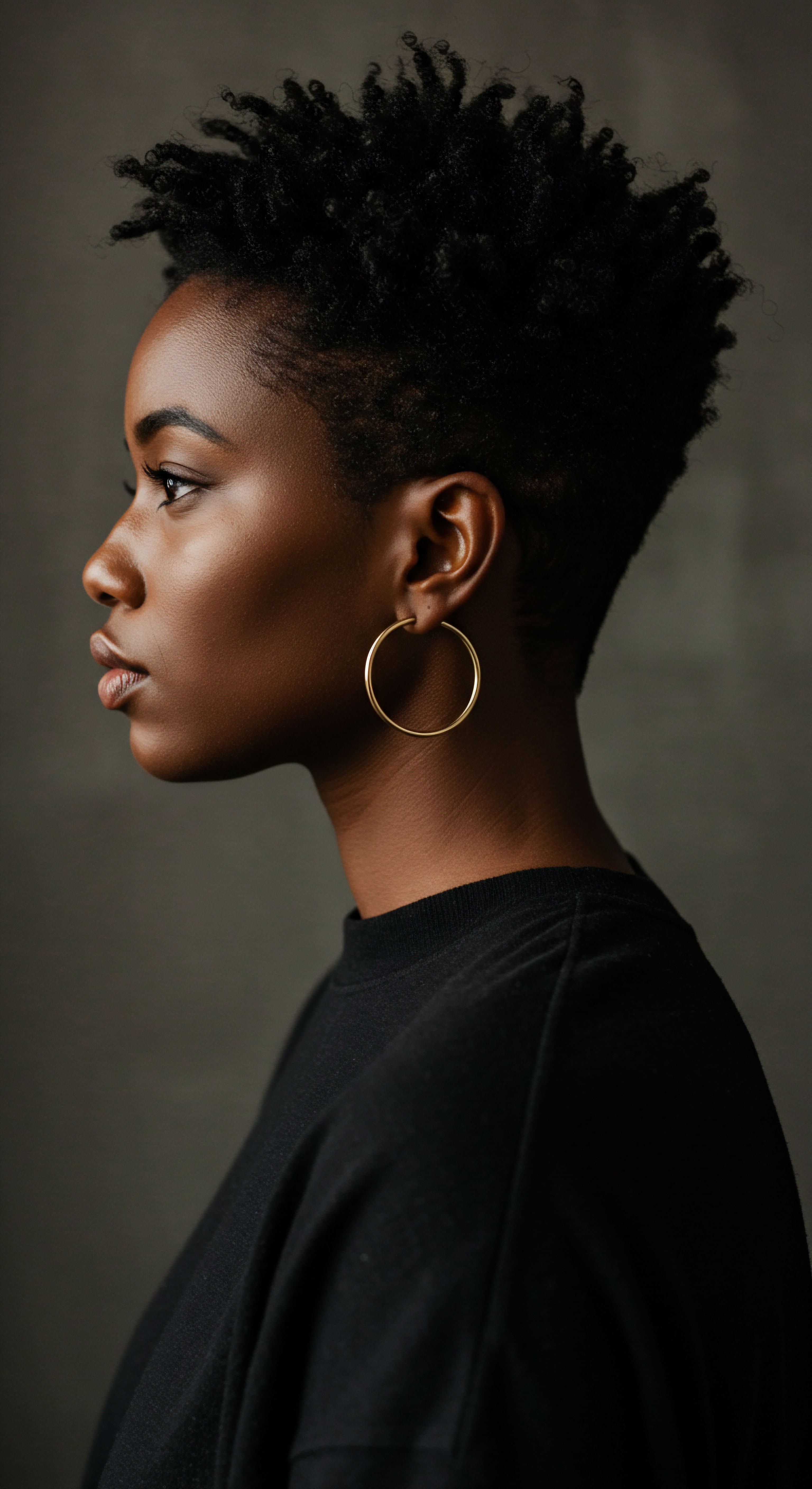
A Foundation of Respect
Building a foundation of respect is paramount to achieving educational fairness. This means educators and institutions must cultivate an understanding of the cultural significance and biological realities of textured hair. It implies a conscious effort to move past Eurocentric beauty norms that have, for generations, dictated what is considered “neat” or “professional” in academic environments. The explication of fairness begins with this fundamental shift in perspective, recognizing the inherent worth and beauty in every hair pattern.
For instance, some school dress codes, often framed as promoting uniformity, have historically penalized Black students for wearing natural hairstyles like locs, braids, twists, or Afros, reflecting Eurocentric beauty standards that deem these styles “unprofessional” or “unkempt.” This can lead to disciplinary actions, social ostracization, and psychological distress for students.
| Principle Equity, not just Equality |
| Explanation Acknowledging varied starting points and providing differentiated support. |
| Significance for Textured Hair Recognizing historical and systemic biases against natural hair, requiring specific protective policies. |
| Principle Identity Affirmation |
| Explanation Creating environments where all aspects of a student's identity are valued. |
| Significance for Textured Hair Celebrating diverse hair textures as a cultural and personal expression, preventing self-consciousness. |
| Principle Bias Awareness |
| Explanation Educating staff and students about implicit biases. |
| Significance for Textured Hair Challenging preconceived notions about "professional" or "appropriate" hair, especially for Black/mixed hair. |
| Principle These principles form the bedrock for fostering genuinely fair and supportive learning spaces for every student. |

Intermediate
Stepping into a more intermediate understanding of educational fairness requires us to consider its practical implications and the tangible ways it shapes the daily experiences of students, particularly those with textured hair. This moves beyond a simple definition to a deeper grasp of how the principle is enacted, or sometimes, tragically, overlooked, within the fabric of educational institutions. It is about recognizing the subtle currents of bias that can impede a student’s journey and understanding how to navigate them with both grace and resolve.
The significance of this concept becomes clearer when we examine how hair care, heritage, and self-perception intertwine with academic pursuits. For many with Black or mixed-race hair, morning routines involve specific rituals to nourish and style their coils and curls. When school environments impose arbitrary rules or unspoken expectations that conflict with these practices, or worse, stigmatize natural hair, it creates a subtle yet persistent burden. This burden, a form of systemic disadvantage, can detract from a student’s ability to focus fully on learning, affecting their overall academic engagement and emotional well-being.

Operationalizing Fairness in School Settings
Operationalizing educational fairness means translating broad ideals into concrete actions and policies. For Roothea, this implies a keen eye on how school dress codes are drafted and enforced, how cultural sensitivity is woven into curricula, and how educators are prepared to support every student authentically. The clarification of fairness at this level demands vigilance and proactive measures.
- Policy Review and Reform ❉ This involves scrutinizing existing school policies, particularly those related to appearance and grooming, to identify and remove any language or provisions that disproportionately affect students with textured hair.
- Educator Training ❉ Providing comprehensive training for teachers and administrators on cultural competency, implicit bias, and the historical context of hair discrimination ensures a more informed and empathetic approach.
- Curriculum Integration ❉ Incorporating diverse narratives and histories, including those that celebrate Black and mixed-race hair traditions, into the curriculum helps normalize and honor these aspects of identity for all students.
Consider the pervasive impact of discriminatory school policies. A 2020 study revealed that approximately 70% of audited school dress codes mentioned hair, with about 20% explicitly forbidding Afros and another 20% prohibiting braids. Such regulations, while seemingly minor, contribute to a culture where natural hair is deemed unprofessional or distracting, forcing students to choose between their identity and their education. This illustrates a profound lack of educational fairness, as it creates an uneven playing field based on a characteristic inextricably linked to race.
Operationalizing educational fairness for textured hair means meticulously reviewing school policies and equipping educators with cultural understanding to foster truly inclusive learning spaces.

The Ripple Effect on Student Well-Being
The absence of educational fairness, particularly concerning hair, generates a ripple effect that extends beyond mere inconvenience. It can lead to diminished self-esteem, increased anxiety, and even chronic stress for students who feel constantly scrutinized or pressured to conform. When a student’s natural hair is deemed “unacceptable,” it sends a message that a part of their authentic self is unwelcome, potentially leading to disengagement from school and a sense of otherness. This deep meaning of the issue highlights the psychological toll.
Moreover, these discriminatory practices have tangible academic consequences. Students facing disciplinary actions for hair violations, such as suspensions, miss valuable instructional time, which can contribute to lower grades and higher dropout rates. The connection between hair discrimination and educational loss is a stark reminder that fairness in appearance policies directly impacts academic trajectories.
| Area of Impact Academic Performance |
| Description Loss of instructional time due to disciplinary actions. |
| Consequence for Students with Textured Hair Lower grades, increased risk of school disengagement and dropout. |
| Area of Impact Mental Health |
| Description Increased anxiety, stress, and diminished self-esteem. |
| Consequence for Students with Textured Hair Internalized racism, hypervigilance, and cultural disconnection. |
| Area of Impact Cultural Identity |
| Description Pressure to conform to Eurocentric beauty standards. |
| Consequence for Students with Textured Hair Erosion of self-acceptance, feeling their identity is unwelcome. |
| Area of Impact These impacts underscore the critical need for school environments to cultivate genuine understanding and acceptance of all hair textures. |
Cultivating an environment where all hair is respected fosters a sense of psychological safety, allowing students to direct their full energy toward their studies. This deeper understanding of educational fairness is not just about avoiding harm; it is about actively creating conditions for every child to thrive, unburdened by superficial judgments about their hair.
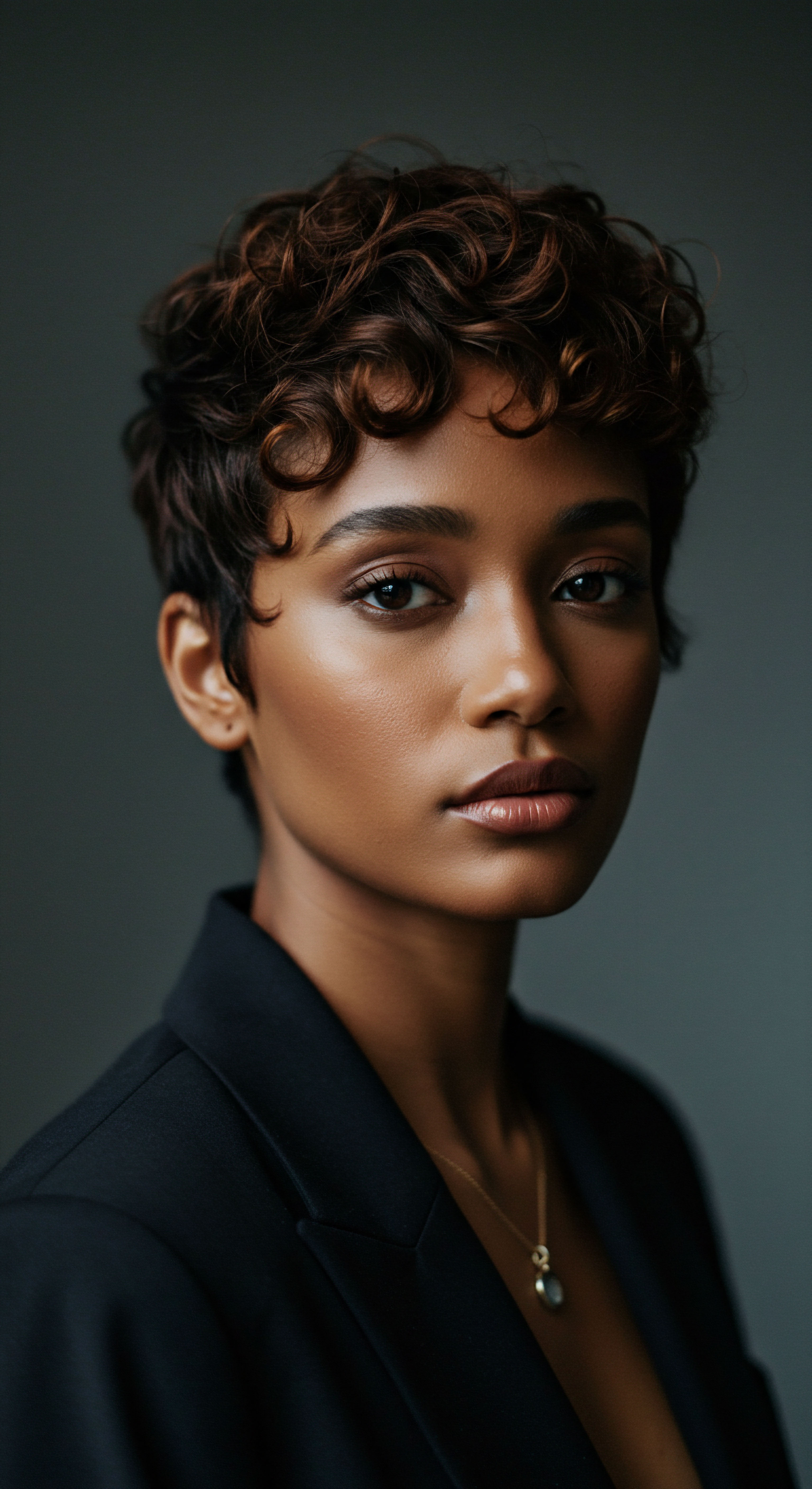
Advanced
At an advanced echelon of comprehension, educational fairness signifies a dynamic, ever-evolving commitment to systemic equity, meticulously designed to counteract entrenched biases and historical disadvantages, particularly those impacting individuals with textured hair. This advanced meaning transcends superficial considerations, delving into the intricate interplay of social, cultural, psychological, and economic factors that shape learning trajectories. It is an acknowledgment that true fairness necessitates a proactive deconstruction of systems that, often implicitly, privilege certain aesthetics or norms over others, especially when those norms are deeply rooted in Eurocentric beauty standards. For Roothea, this sophisticated interpretation demands a critical lens, examining how educational structures can either perpetuate or dismantle inequities for Black and mixed-race hair.
The delineation of educational fairness at this level requires an understanding of its historical context, recognizing that school policies regarding appearance have often been vestiges of broader societal attempts to control and assimilate marginalized populations. This is not merely about isolated incidents; it speaks to a pervasive cultural script that has, for centuries, devalued natural Black hair, influencing everything from hiring practices to classroom dynamics. The long-term consequences of such systemic invalidation extend far beyond school gates, shaping career prospects, mental well-being, and a person’s sense of belonging in the wider world.

Deconstructing Systemic Inequity and Its Enduring Echoes
An advanced explication of educational fairness compels us to analyze the deep-seated mechanisms through which racialized appearance standards become institutionalized. It probes how concepts of “professionalism” or “neatness” within educational settings have historically been constructed in opposition to natural Black hairstyles, thereby creating an inherent disadvantage for students whose hair naturally defies these narrow definitions. This analytical approach recognizes that such policies are not neutral; they are culturally loaded artifacts that enforce a specific aesthetic hierarchy.
Consider the case of school discipline data. A striking and often overlooked statistic highlights the profound disparity ❉ in a study of 50 geographically diverse school districts across Texas, Black students, who constituted only 12% of the surveyed student population, received a disproportionate 31% of all documented disciplinary instances related to dress and grooming code violations. In contrast, White students, comprising 25% of the student population in the same districts, accounted for only 13% of these disciplinary actions.
This data point, while specific to Texas, mirrors national trends and powerfully illustrates how hair policies, under the guise of “uniformity” or “discipline,” become conduits for racial bias, removing Black students from learning environments at rates far exceeding their demographic representation. This profound statistical imbalance underscores a systemic issue, revealing how hair-based discrimination actively undermines educational fairness, denying Black students equitable access to instruction and fostering a climate of othering.
Educational fairness, at its advanced level, is a rigorous commitment to dismantling systemic biases, particularly those ingrained within school policies that disadvantage textured hair, and understanding their historical roots.
The impact of these policies is not solely academic; it has significant psychological ramifications. Research indicates that Black women, in particular, often feel pressure to chemically straighten their hair to circumvent discrimination, a process that can inflict both physical damage and psychological distress. Young Black children are disciplined in schools over hairstyles that are natural and culturally significant, instilling an early message that their authentic selves are somehow “inappropriate.” This chronic exposure to hair-based stigma can lead to internalized racism, negative self-image, anxiety, and hypervigilance in academic spaces, profoundly affecting their mental well-being and sense of belonging.

Intersectional Perspectives on Educational Fairness
The advanced meaning of educational fairness also necessitates an intersectional perspective, acknowledging that the experiences of students with textured hair are shaped not only by race but also by gender, socioeconomic status, and other identity markers. For instance, Black girls often face a double burden of racial and gender bias, with their hair being scrutinized in ways that boys’ hair or White girls’ hair might not be. This layered discrimination can lead to higher rates of disciplinary actions for minor infractions, further marginalizing them within the educational system.
From a corporate or institutional perspective, embracing true educational fairness around textured hair is not merely a matter of compliance; it is a strategic imperative for fostering innovation, cultivating diverse talent pipelines, and building a truly inclusive society. Organizations that understand and champion this broader interpretation of fairness are better positioned to attract and retain individuals from all backgrounds, benefiting from a richer tapestry of perspectives and experiences. The long-term success of educational institutions, and indeed, the broader economy, hinges upon their capacity to nurture every student’s potential, unhindered by arbitrary appearance standards.
- Critical Race Theory Application ❉ Examining how school dress codes regulating hairstyles serve as a form of White hegemony, unconsciously or consciously reinforcing the idea that Black hairstyles impede academic performance or future employment opportunities.
- Psychological Impact Assessment ❉ Analyzing the profound mental health consequences of hair-based stigma, including internalized racism, anxiety, and cultural disconnection, which can lead to chronic stress in academic environments.
- Legal and Policy Advocacy ❉ Understanding the legislative efforts, such as the CROWN Act, which aim to codify protections against hair discrimination, recognizing these laws as essential steps toward rectifying historical injustices and ensuring educational equity.
The ongoing legal battles, such as the case of Darryl George in Texas, an 18-year-old student kept out of his classroom for wearing locs, vividly illustrate the continued resistance to authentic educational fairness. These instances are not isolated anomalies but symptomatic of a deeply ingrained resistance to acknowledging and respecting the cultural significance of Black hair. The legal challenges serve as crucial interventions, pushing institutions to align their practices with the stated ideals of equity and inclusion.
A truly fair educational system recognizes that a student’s hair is not a distraction, but a part of their personhood, their history, and their identity. The implications of this understanding are vast, extending to teacher training programs that include implicit bias awareness, curriculum development that celebrates diverse beauty standards, and administrative policies that prioritize cultural affirmation over antiquated notions of conformity. This advanced understanding of educational fairness requires a commitment to continuous self-reflection and proactive change, ensuring that every strand of identity is honored within the learning landscape.
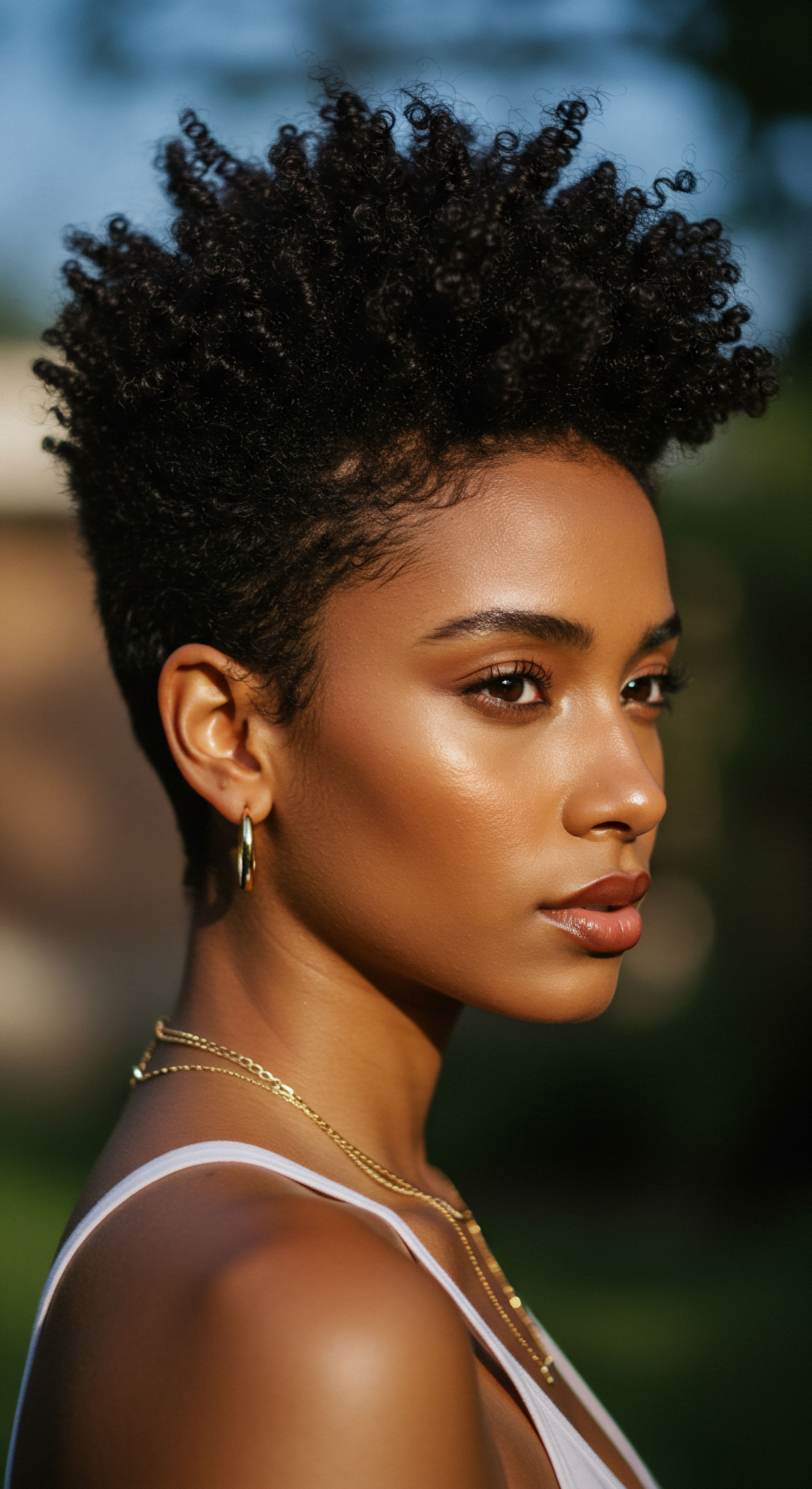
Reflection
As we consider the many dimensions of educational fairness, particularly through the lens of textured hair, we come to appreciate its profound reach, touching not only academic outcomes but the very spirit of a young person. It is a concept that asks us to look beyond the surface, to see the history, the culture, and the individual story held within each curl and coil. A truly fair educational landscape is one where every child feels seen, valued, and safe to express their authentic self, free from the subtle judgments or overt discriminations that have, for too long, shadowed the experiences of those with Black and mixed-race hair.
The journey toward complete educational fairness is an ongoing one, requiring consistent empathy, thoughtful policy adjustments, and a willingness to learn from the lived experiences of others. It invites us to cultivate learning environments where the beauty of diverse hair is not just accepted, but truly celebrated as a testament to the rich human tapestry we all share. This enduring commitment allows for a future where every student, with every unique strand, can walk into a classroom knowing their brilliance will shine unhindered.
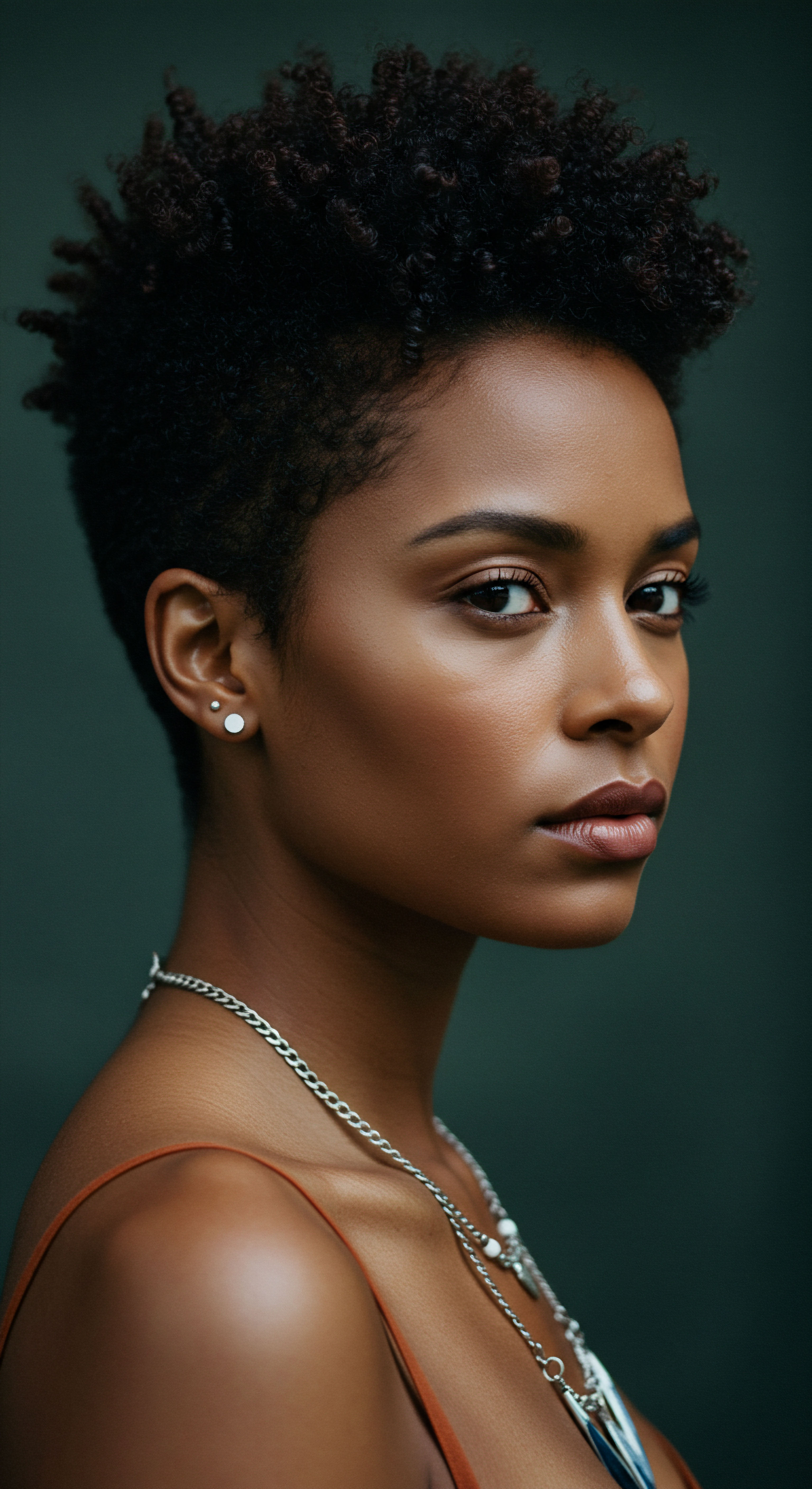
References
- Kempf, M. et al. (2024). Confronting Hair Discrimination in Schools – A Call to Honor Black History by Protecting Student Rights. IDRA Newsletter, February 2025.
- Whitley, B. & Barnas, J. (2022). Racial Discrimination Based on Hair Texture/Style. MOST Policy Initiative.
- Mauldin, C. (2024). Hair and school dress codes ❉ Some students see traces of racism. Associated Press.
- Morris, E. W. (2020). DON’T TOUCH MY HAIR ❉ How Hegemony Operates Through Dress Codes to Reproduce Whiteness in Schools. ResearchGate.
- De Leon, N. & Chikwendu, K. (2019). Hair equality report ❉ More than just hair. SecEd.
- Dixon, T. (2023). Eliminating Anti-Black Hair Policies at School. Edutopia.
- Maharaj, C. (2025). Beyond the roots ❉ exploring the link between black hair and mental health. TRIYBE.
- O’Brien-Richardson, P. (2019). Brushed aside ❉ African American women’s narratives of hair bias in school. ResearchGate.
- Edwards, T. K. (2020). From the Editorial Board ❉ Tangled Discrimination in Schools ❉ Binding Hair to Control Student Identity. High School Journal, 103(53).
- Noguera, P. A. (2008). The Trouble With Black Boys:. And Other Reflections on Race, Equity, and the Future of Public Education. Jossey-Bass.